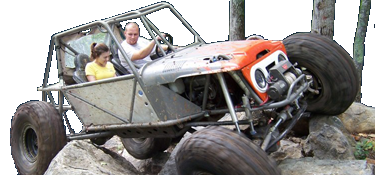I was a FF back in the dark ages. '81 to '85. Training and standards have come a long way since then. Not too many years ago, a friend tried to get me to join up here. I looked into it....but geez, the training requirements, and just the rules and regulations are horrendous now. Heck, if we made the station, we rode tailboard. We did training every Wednesday night, and ran evolutions every Saturday, and I went off to a handful of weekend training events, but there wasn't back then a real emphasis on training, certification, testing, testing, testing like now.
BUT...the question is...with all the new rules, regulations, training, etc...how has the firefighter death/injury rate changed over the last 35 years? I ask, because I read some article that said rates were basically flat, no significant change. But there were no statistics quoted to back that up. Anybody got numbers?








